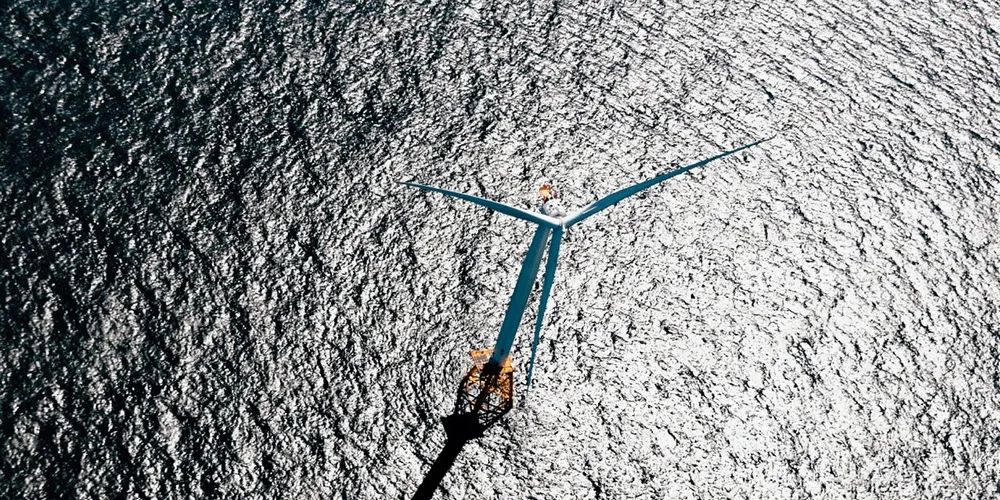US offshore wind regulator sees new permitting reforms saving sector $1bn and spurring growth
Industry sees proposed changes to streamline the present burdensome, complex and costly approval process as a 'major step in the right direction'

The federal energy regulator in US coastal waters is proposing sweeping rule changes aimed at streamlining the costly and cumbersome offshore wind permitting process, a move it claims will save the industry $1bn over 20 years, the Department of Interior (DoI) announced.
DoI said the proposed changes “would modernise regulations, streamline overly complex and burdensome processes, clarify ambiguous provisions and enhance compliance provisions in order to decrease costs and uncertainty associated with the deployment of offshore wind facilities.”
Interior Secretary Deb Haaland said, “Updating these regulations will facilitate the safe and efficient development of offshore wind energy resources, provide certainty to developers and help ensure a fair return to the US taxpayers.”
The changes would eliminate unnecessary requirements for the deployment of meteorological buoys, increase survey flexibility, and improve the project design and installation verification process.
Proposed changes to federal offshore wind permitting process
- Eliminate unnecessary requirements for the deployment of meteorological buoys
- Increase survey flexibility
- Improve the project design and installation verification process
- Establish a public Renewable Energy Leasing Schedule
- Reform BOEM’s renewable energy auction regulations
- Tailor financial assurance requirements and instruments
- Clarify safety management system regulations
- Revise other provisions and making technical corrections
The agency also initiated environmental reviews for 10 projects and advanced wind energy areas in the Gulf of Mexico, off Oregon, the Gulf of Maine and in the central Atlantic.
The industry, however, has struggled with lengthy project timelines of eight to 10 years, which not only challenges state and federal installation goals but also project economics.
“BOEM’s proposed rule is a major step in the right direction,” said Josh Kaplowitz, vice president of offshore wind for industry advocate American Clean Power Association. “Updating and enhancing BOEM’s rule-making process is critical to ensure the offshore wind industry maintains momentum in the permitting and deployment of clean energy.”
The agency, which was created in 2011 during the administration of former President Barack Obama, but hasn't significantly altered its permitting regime since.
The upcoming changes “will facilitate the development of offshore wind and promotes US climate and renewable energy objectives in a safe and environmentally sound manner,” said Jose Zayas, executive vice president for policy and programmes with industry group American Council on Renewable Energy.
SIOW’s Ohleth noted that many states and public entities, including the New York State Energy Research and Development Authority, have accumulated substantial environmental and oceanographic datasets.
“Being able to leverage that existing information will help contribute to the some of those efficiencies,” she said, with the goal of “being able to start and finish the permitting of a project within a single administration.”
BOEM plans to stage up to four additional offshore lease sales and complete the review of at least 16 project construction and operation plans representing more than 22GW of capacity.
(Copyright)